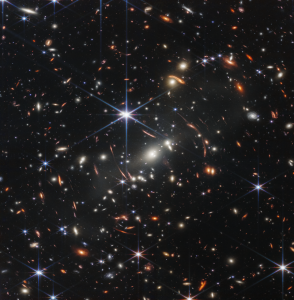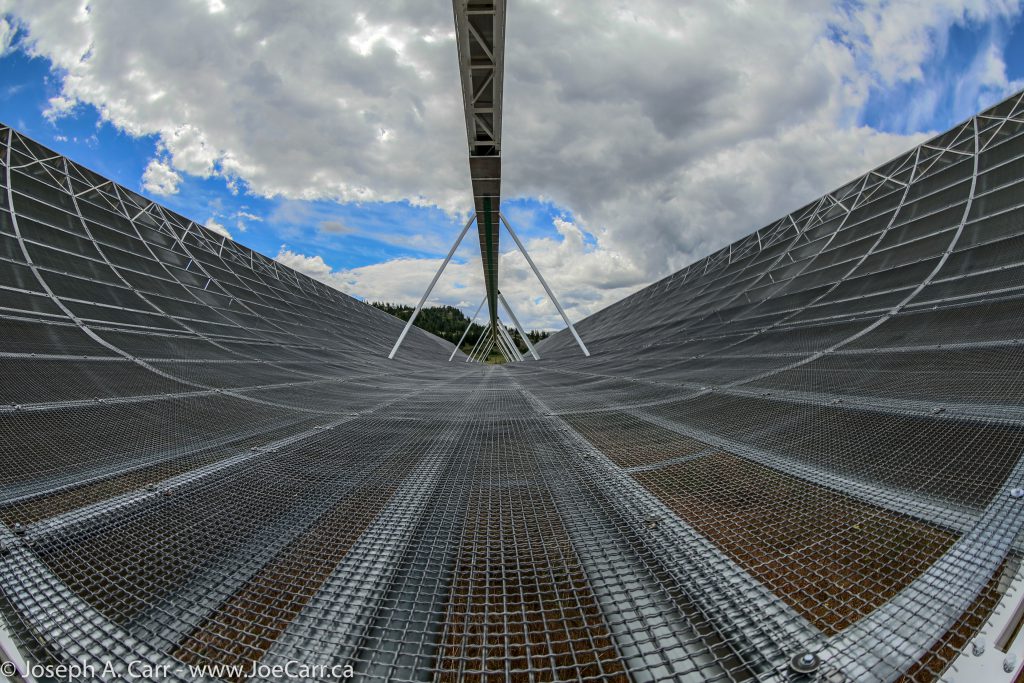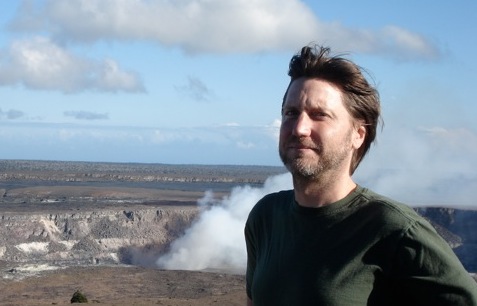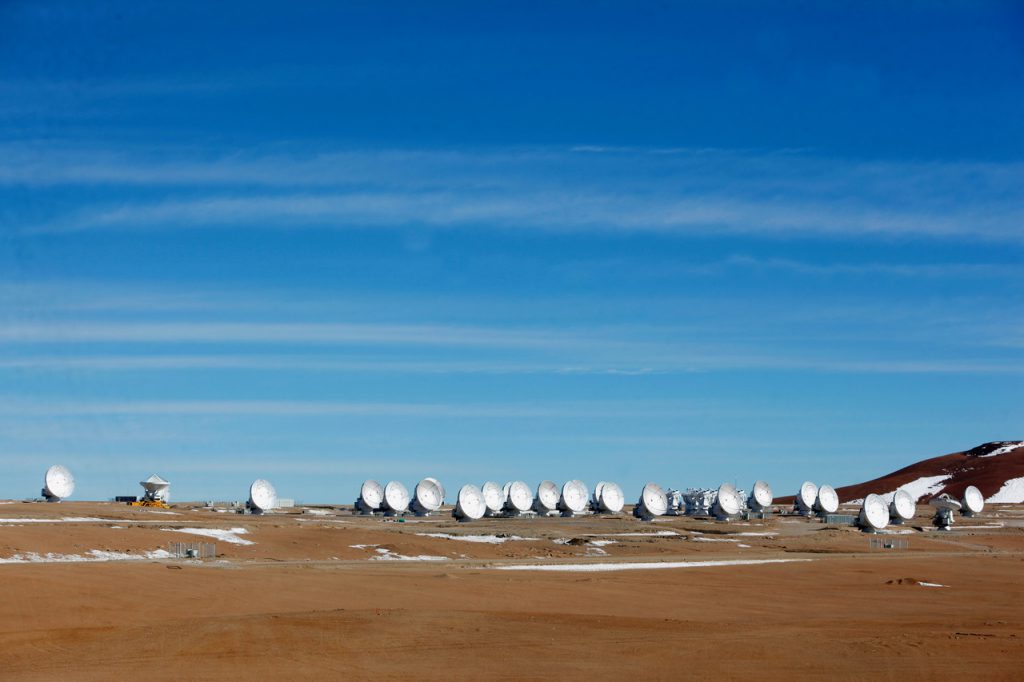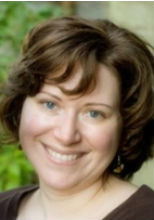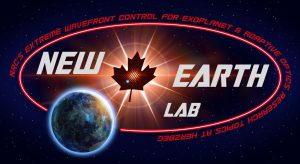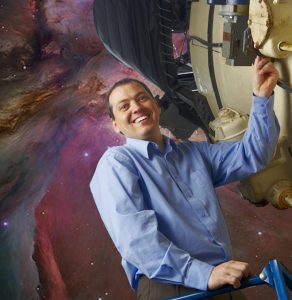Date/Time: Wednesday March 13, 2024 starting at 7:30PM
Location: University of Victoria, Bob Wright Centre, Lecture Theatre A104. Park in Lot 1 (pay parking) and cross Ring Road.
The new James Webb Space Telescope (JWST) brought upon us a golden era for the study of distant galaxies. For the first time, we are capable of seeing the visible light of galaxies during the first billion years of the Universe. Understanding their shapes and forms, and how they changed since this epoch, reveals not only how they formed and evolved, but how our own Universe evolved as well.
This talk will highlight groundbreaking discoveries made with JWST and illustrate how they alter our understanding of the cosmos compared to the pre-JWST era. We will also address misconceptions that have arisen in the mainstream media regarding these new insights into cosmology and how our concept of galaxies has evolved dramatically since 1920.
Biography: Leonardo Ferreira was born in Brazil and pursued an undergraduate degree and master’s degree in physics at the Federal University of Rio Grande, where he first began his work on the morphology of galaxies. He then moved to the UK for his PhD studies in Astronomy, focusing on how galaxies evolved across cosmic time. In 2023, Leonardo joined the University of Victoria as a Postdoctoral Fellow, working within Prof. Sara Ellison’s group on the topics of galaxy evolution through merging interactions. Leonardo has led pioneering studies on the morphology of distant galaxies using JWST and remains actively involved in this research area.
